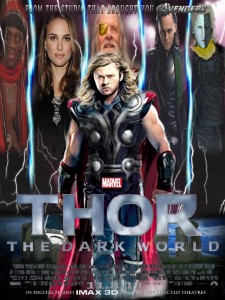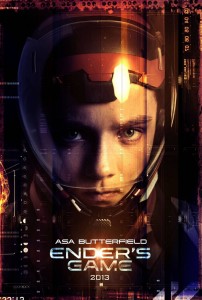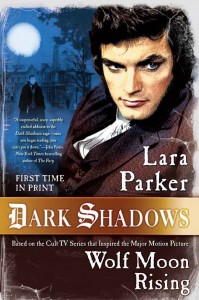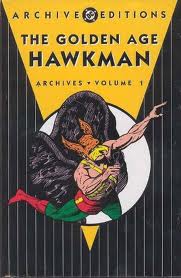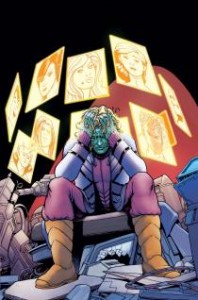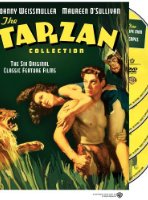First up, thanks to all of you who sent notes of encouragement after last week’s lengthy discussion of Alzheimer’s. It’s not an easy road to travel, but since when was life ever easy? It’s good to know how many people I have in my corner.
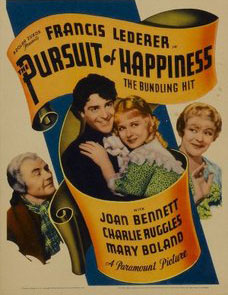 Now on to the blog I started writing two weeks ago, a group of thoughts about a movie I watched even more weeks ago, almost by accident. It’s old. So old that, if you search it on IMDB, it doesn’t even show up on the initial list of possible films, even if you type its exact title. It was made in 1934, and I discovered it because I was watching some films with Joan Bennett on YouTube. (Not a lot of Joan Bennett’s films are available on NetFlix streaming!) I was watching Joan Bennett films because I was reading a biography of the Bennett family, which was recommended by Lara Parker in her latest book, which I reviewed recently. All this discussion of her early film work got me interested in seeing some movies. That’s the way my mind flows. One thing to the next.
Now on to the blog I started writing two weeks ago, a group of thoughts about a movie I watched even more weeks ago, almost by accident. It’s old. So old that, if you search it on IMDB, it doesn’t even show up on the initial list of possible films, even if you type its exact title. It was made in 1934, and I discovered it because I was watching some films with Joan Bennett on YouTube. (Not a lot of Joan Bennett’s films are available on NetFlix streaming!) I was watching Joan Bennett films because I was reading a biography of the Bennett family, which was recommended by Lara Parker in her latest book, which I reviewed recently. All this discussion of her early film work got me interested in seeing some movies. That’s the way my mind flows. One thing to the next.

